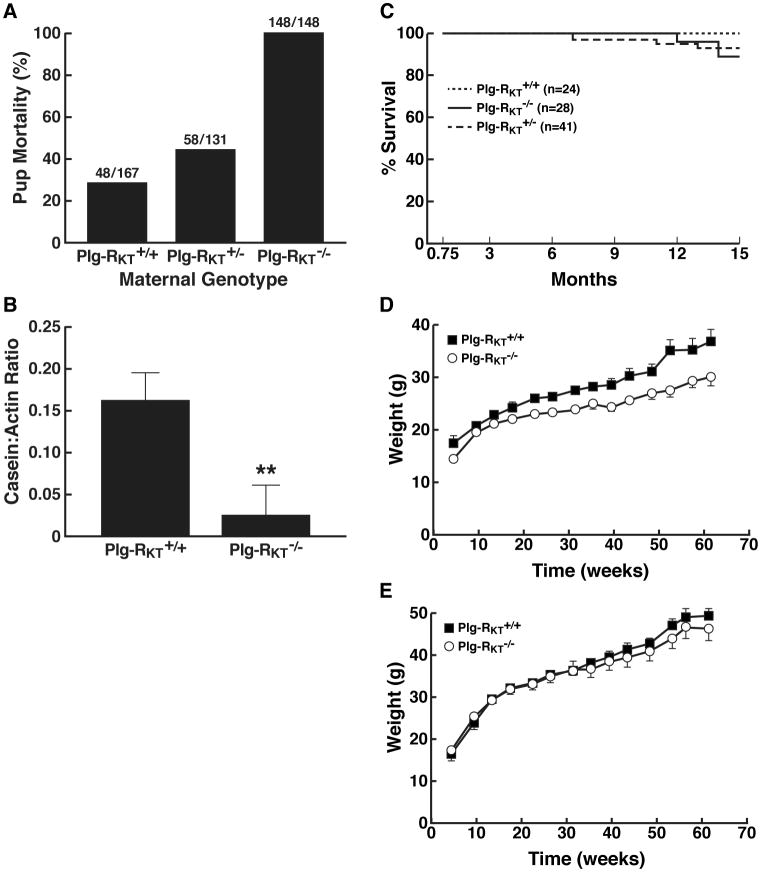Figure 2. Viability, Growth and Health of Plg-RKT Deficient Mice.
(A) Pup mortality as a function of maternal genotype. Ratios for each group are shown above the respective bars. §2=174.660, df=2, P=1.18 × 10-38. Loss of offspring of wild type females (28.7%) was similar to the loss of offspring in the C57Bl/6J breeding colony at The Scripps Research Institute (152/577=26.3%). (B). To assess milk production, mammary glands (harvested 2 days postpartum) were lysed and western blotted with rabbit polyclonal anti-casein IgG and with anti-actin MAb as a loading control. Casein: actin ratios were quantified by scanning gels in the LI-COR system. Bars show mean ± S.E.M. **P=0.004, n=4. (C) Survival data are shown for a cohort of offspring of heterozygous matings: 24 Plg-RKT+/+ mice, 28 Plg-RKT-/- mice and 41 Plg-RKT+/- mice. Survival curves show mice that survived to be weaned and genotyped at 0.75 months. Survival curves for Plg-RKT-/-, Plg-RKT+/-, and Plg-RKT+/+ mice were not significantly different §2=2.428, df=2, P=0.297 by Log-rank (Mantel-Cox) test and there was no significant trend (P=0.318, Log-rank test for trend). (D,E). Mice were weighed weekly. (D) For females (n=9 Plg-RKT-/- mice and 13 Plg-RKT+/+ mice) repeated measures analysis of variance showed a significant effect for time (P<0.001), for genotype (P=0.008) and a significant time X genotype interaction (P=0.008). (E) For males (n=15 Plg-RKT-/- mice and 11 Plg-RKT+/+ mice) there was a significant effect for time (P<.001), no effect for genotype (P=0.545) or for time X genotype interaction (P=0.444).

